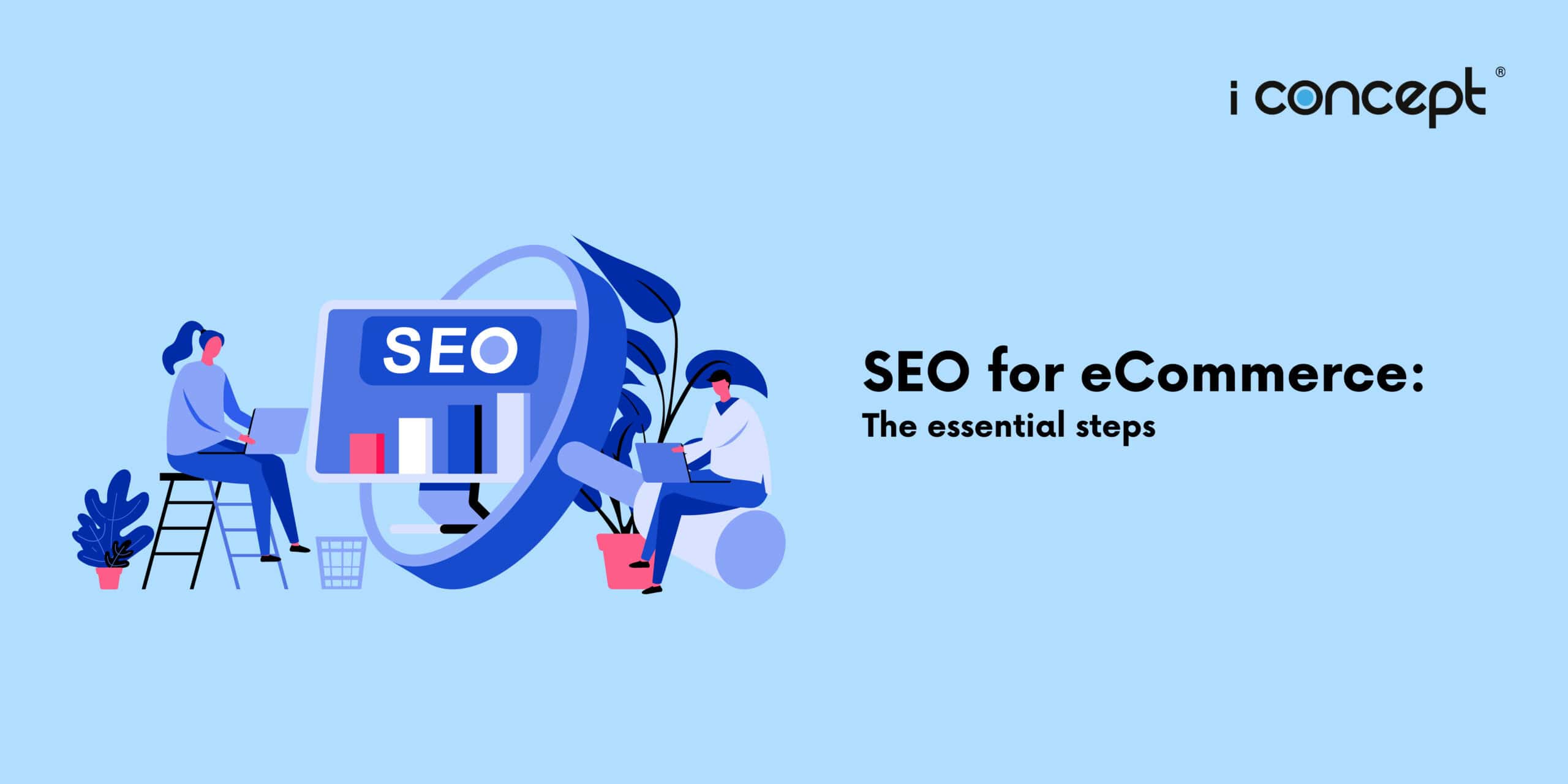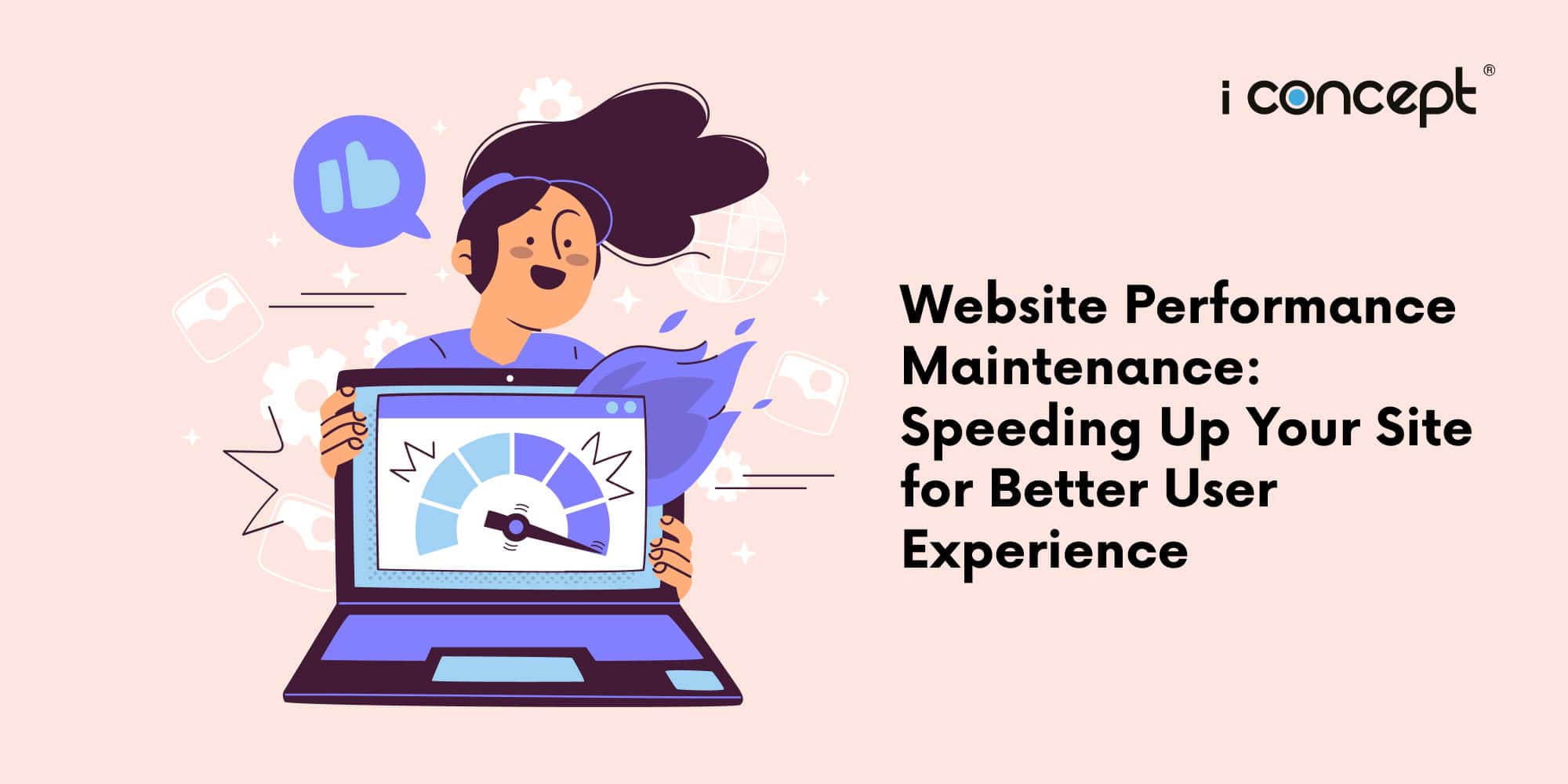Any good website knows that Search Engine Optimisation (SEO) is the backbone of ranking high in Google when people search for products. In the context of eCommerce platforms, SEO refers to getting more traffic to your store in order for it to be more visible on Search Engine Result Pages (SERPs).
SERPs are where sites like Google, Yahoo and Bing display a list of results on its first page whenever you type in something on the search or navigational bar. Good SEO allows your website to rank high and unlike paid ads, they come at almost no cost and people tend to trust brands with organic search results more.
Here’s a couple of ways to better understand SEO and how to optimise it:
Know your market
Before you embark on a mission on researching keywords, you first need to know your target audience and the way that they search for products or services. In a recent study published, it showed that over 90% of websites get no traffic from Google or other search engines. It is imperative that there is a demand for what you’re pushing out on your website.
Make your site user-friendly
A good website that keeps you engaged has undergone extensive user experience (UX) research. By giving users the best possible browsing experience while they’re on your website looking at your products, services or information. It’s extremely vital that everything – from navigation of pages to ease of use all contribute to ranking higher on search engines.
This applies to both the web and mobile version. Having your site optimised – meaning having a design that fits your vision and aesthetics as well as a well-formatted site structure for both types of devices gives users a much easier time navigating your site.
Link building
Backlinks are an essential part of SEO as they help improve your website’s credibility and boost your ranking. In simple terms, backlinks are links created when one website links to another. Backlinks in SEO improve your rankings because they view the quality and quantity of the links as authoritativeness and “votes of confidence” from other websites. Therefore, the more backlinks your website has, the higher it can rank for search terms. While this isn’t always the case, it can increase your page rankings for relevant search terms.
Google uses bots known as “crawlers” or “spiders” to scan new and updated websites to analyse its content and metadata before indexing them according to keywords and relevance.
Perform regular SEO audits
Once you’re done setting up your keywords and metadata, it is recommended to do an SEO site audit in order for you to improve on your search ranking.
An eCommerce SEO audit takes stock of your site’s health and organic visibility in SERPs and identifies areas that need fixing or improving. It is important to regularly do SEO audits on both your product pages and category pages as eCommerce websites tend to frequently change. New product pages are added and old ones are removed on a regular basis.
Regular SEO audits help spot technical issues that are impacting your website’s rank and improve its overall performance.
Here are 3 types of SEO audits for you to take note of as well as an 18-point checklist on how to perform an SEO audit effectively:
- Technical
- Content
- Off-page SEO
Doing an SEO audit might seem like a daunting task to do at first, but it definitely pays off when you’re able to identify the problems faced that impact your website’s ranking and profitability.
Seek professional advice
If you’re looking to grow your eCommerce platform even more, take a look at other essential tips from us. Or if you’re feeling like you’re lost on how to start and want more professional help, get in contact with I Concept today! As a comprehensive creative agency Singapore, we offer a wide range of solutions from website and eCommerce development to digital marketing and digital copywriting. Don’t hesitate to contact us today!










